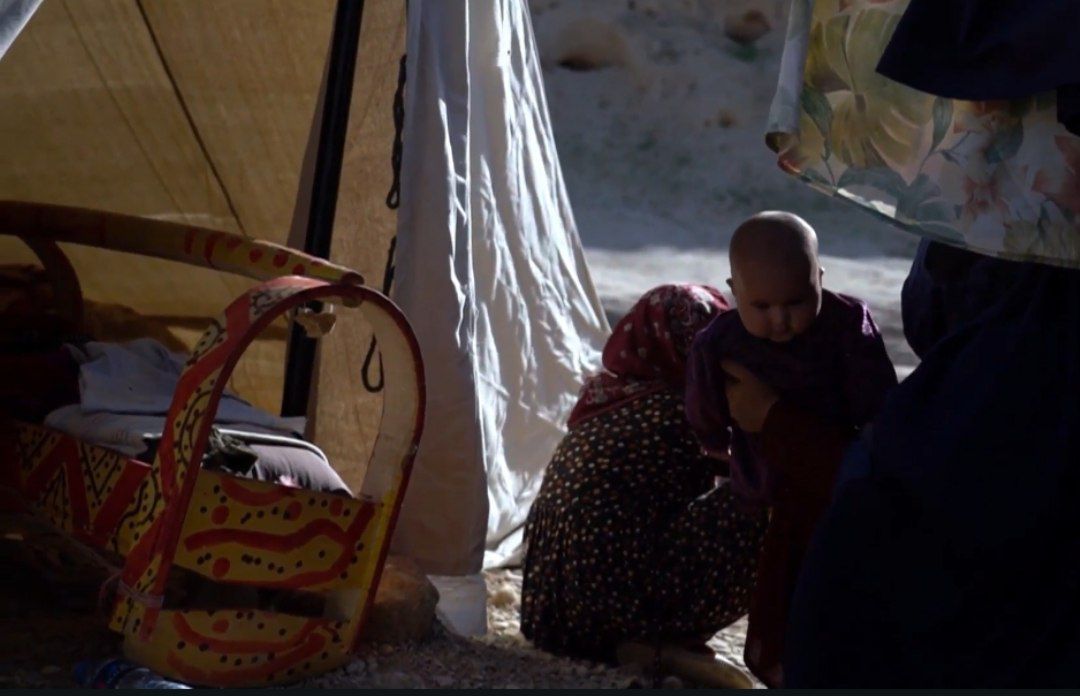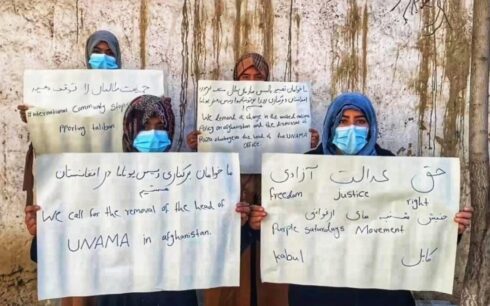Women in Afghanistan’s rural regions are raising urgent concerns about the lack of healthcare facilities and female doctors, an issue they say is exacerbating maternal mortality and leaving many without access to essential care.
In remote villages far from health centers, the absence of specialized doctors and proper medical facilities has created a dire situation. Women in these areas are disproportionately affected, with many facing life-threatening complications during pregnancy and childbirth.
Taj Bibi, a mother of two from the Obey district in Herat Province, described the devastating impact of this healthcare crisis. “Believe me, we are living as if it’s still the old times. If we fall ill, there’s no doctor. I lost two babies in my womb because there was no female doctor or midwife,” she said.
She recounted the challenges her community faces: destroyed roads, a lack of transportation, and frequent flooding that makes it nearly impossible to reach urban health centers. “Women don’t have access to clinics; we are left helpless,” she said.
International organizations, including the World Health Organization, have long highlighted Afghanistan’s acute shortage of female doctors, particularly in rural areas. The situation has worsened following the Taliban’s recent ban on women attending medical institutions, further limiting the pipeline of female healthcare workers.
Homa, a resident of Badghis Province, said pregnant women in her community have not received proper care in years. “From now on, if we fall sick at night, we don’t even know if we’ll get any help,” she said, underscoring the growing fear among Afghan women about their health and safety.
The Taliban’s restrictions on women’s education have had far-reaching consequences. Last December, the group banned girls from attending universities, cutting off their access to medical training. According to Tom Fletcher, the United Nations Under-Secretary-General for Humanitarian Affairs and Emergency Relief Coordinator, this policy marks a devastating setback for Afghanistan’s healthcare system.
“This was the last remaining sector where Afghan women could pursue higher education following the ban on girls’ higher education in December 2022,” Fletcher said during a recent U.N. Security Council meeting.
He warned that the ban would prevent more than 36,000 midwives and 2,800 nurses from joining the workforce in the coming years, compounding Afghanistan’s health crisis. Maternal, neonatal, and preventable mortality rates are expected to rise sharply.
“More than one-third of Afghan women already give birth without professional medical support,” Fletcher said, noting that a woman in Afghanistan dies every two hours from preventable maternal complications.
Afghanistan now has the highest maternal mortality rate in Asia. United Nations data shows that 638 mothers die for every 100,000 live births. This statistic underscores the severe challenges facing Afghan women, particularly those in rural areas, as they navigate a crumbling healthcare system with dwindling resources and few options for care.





